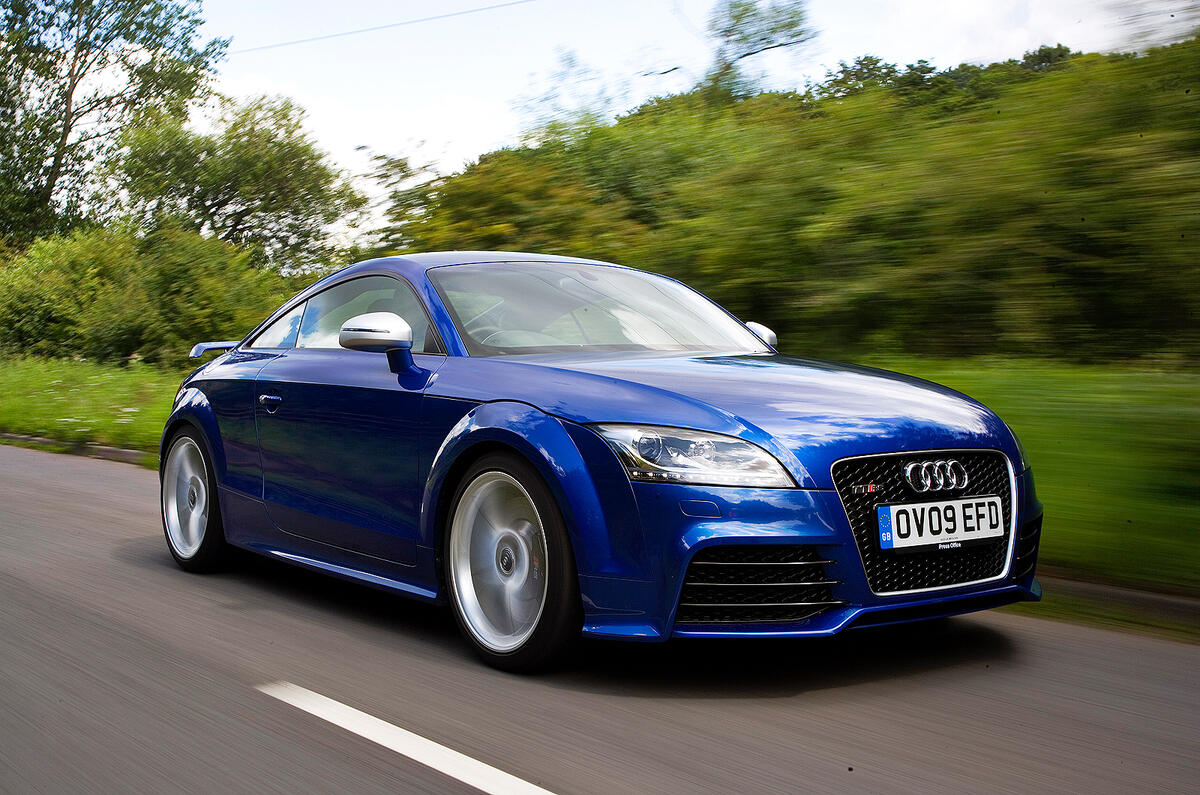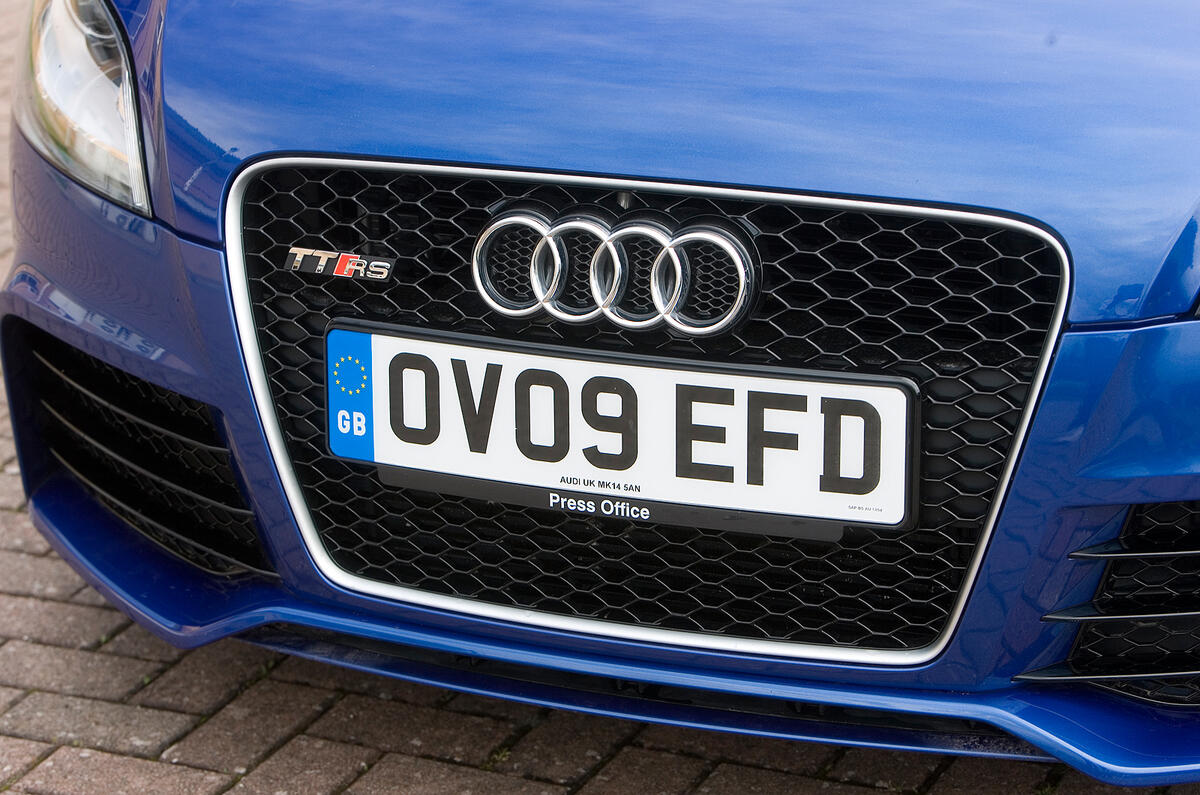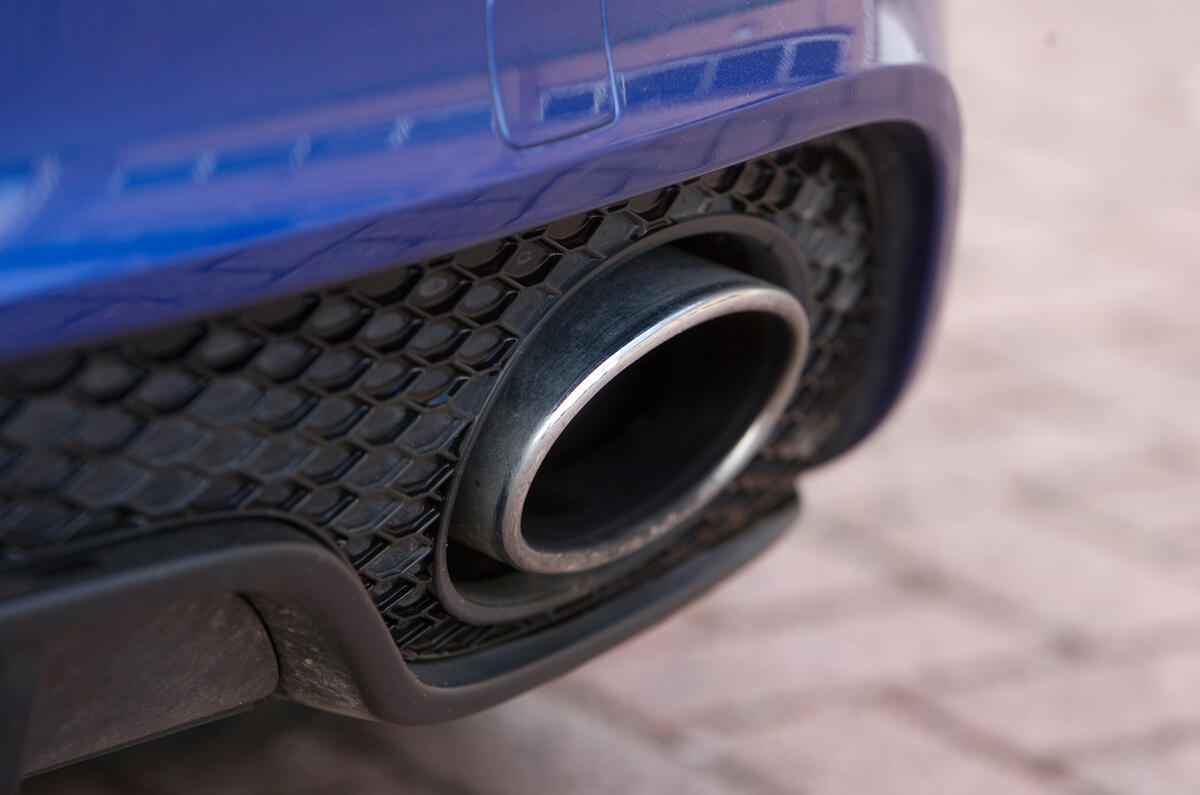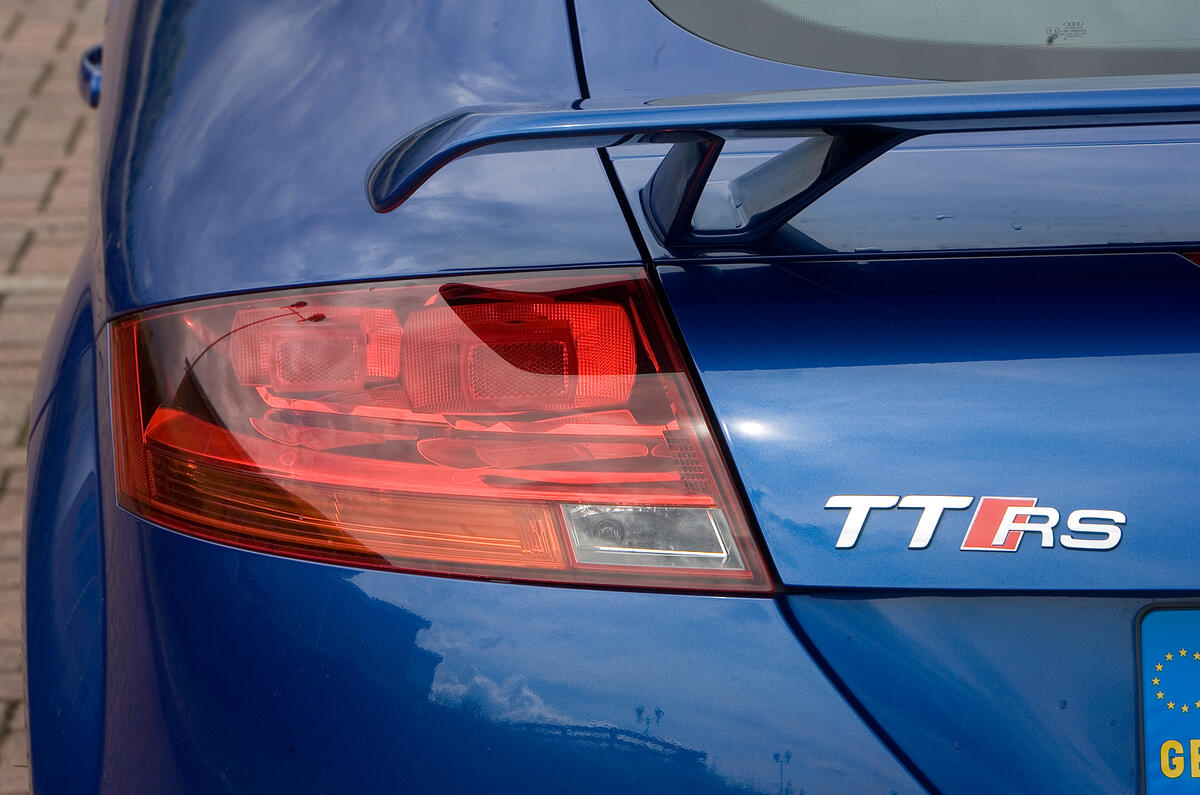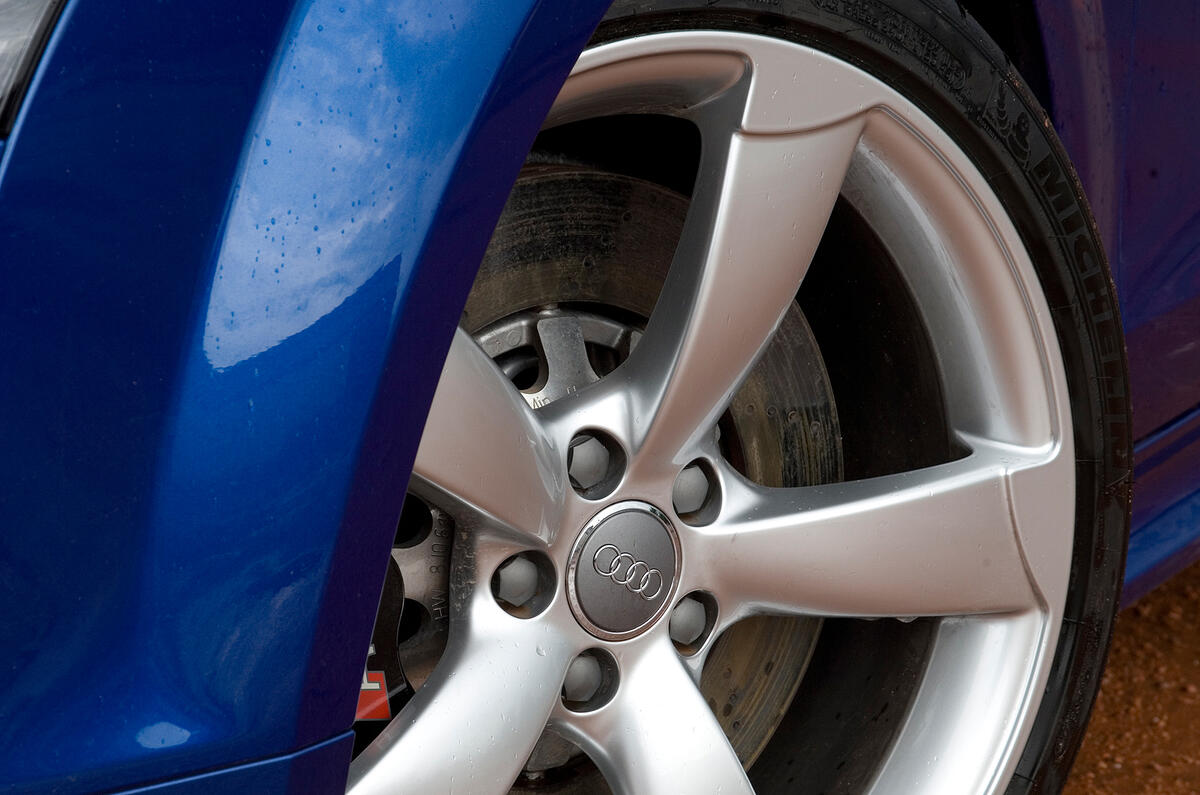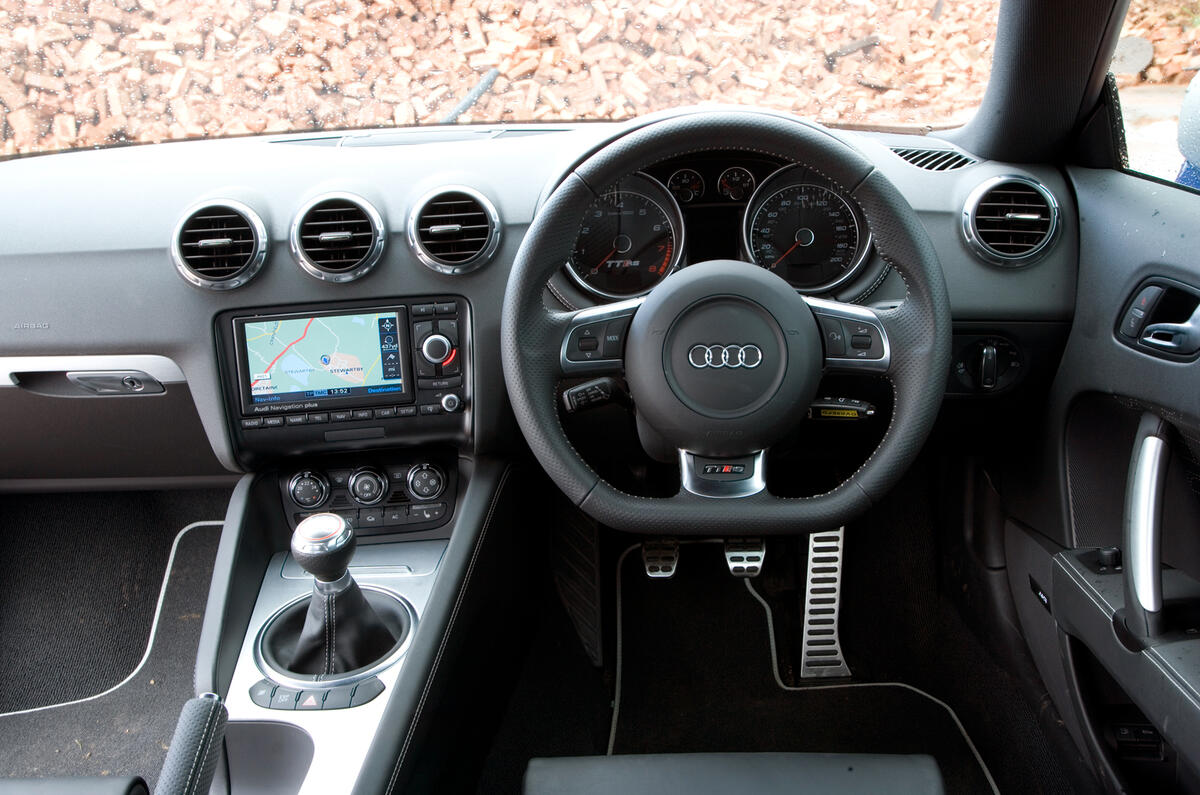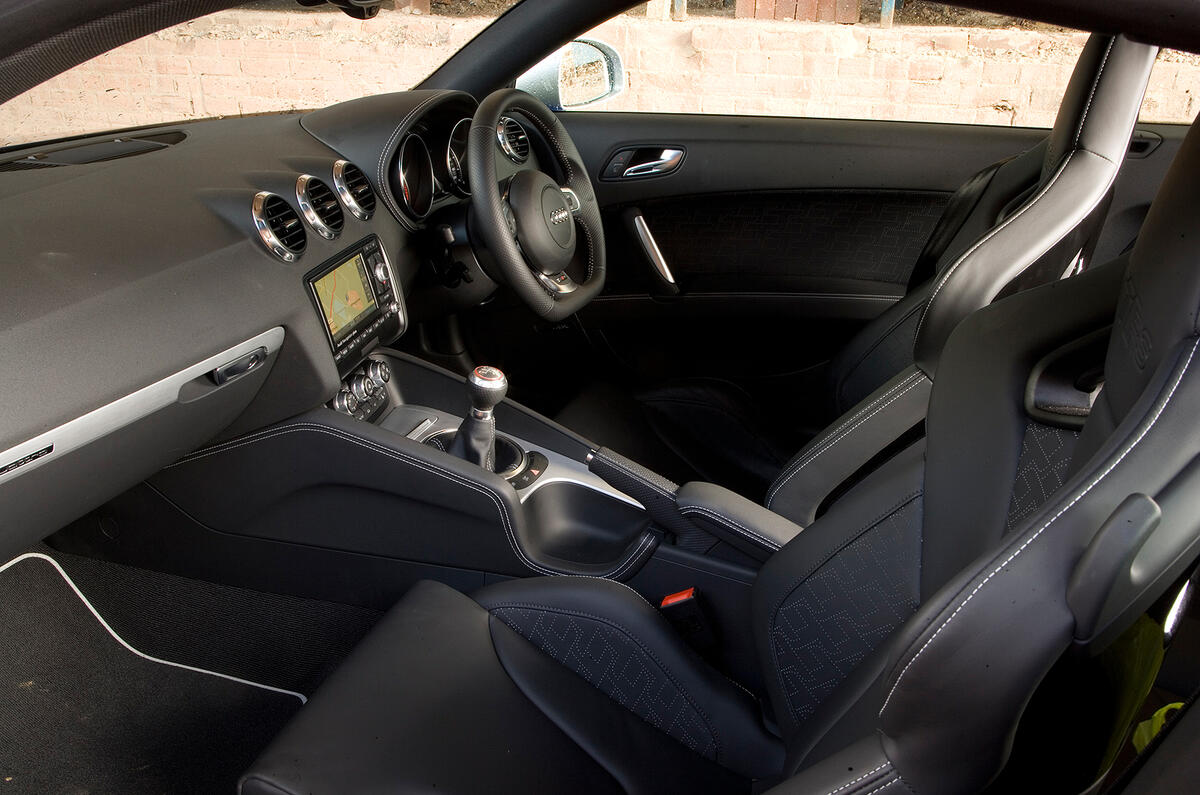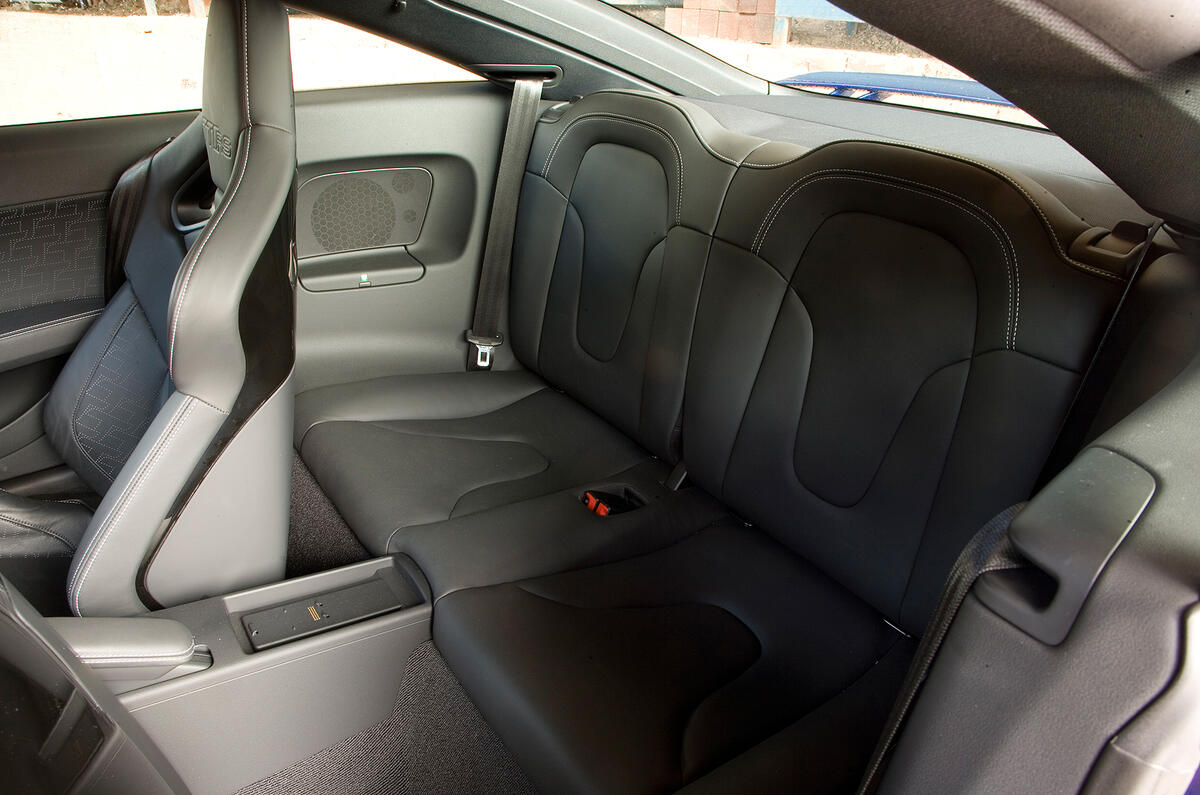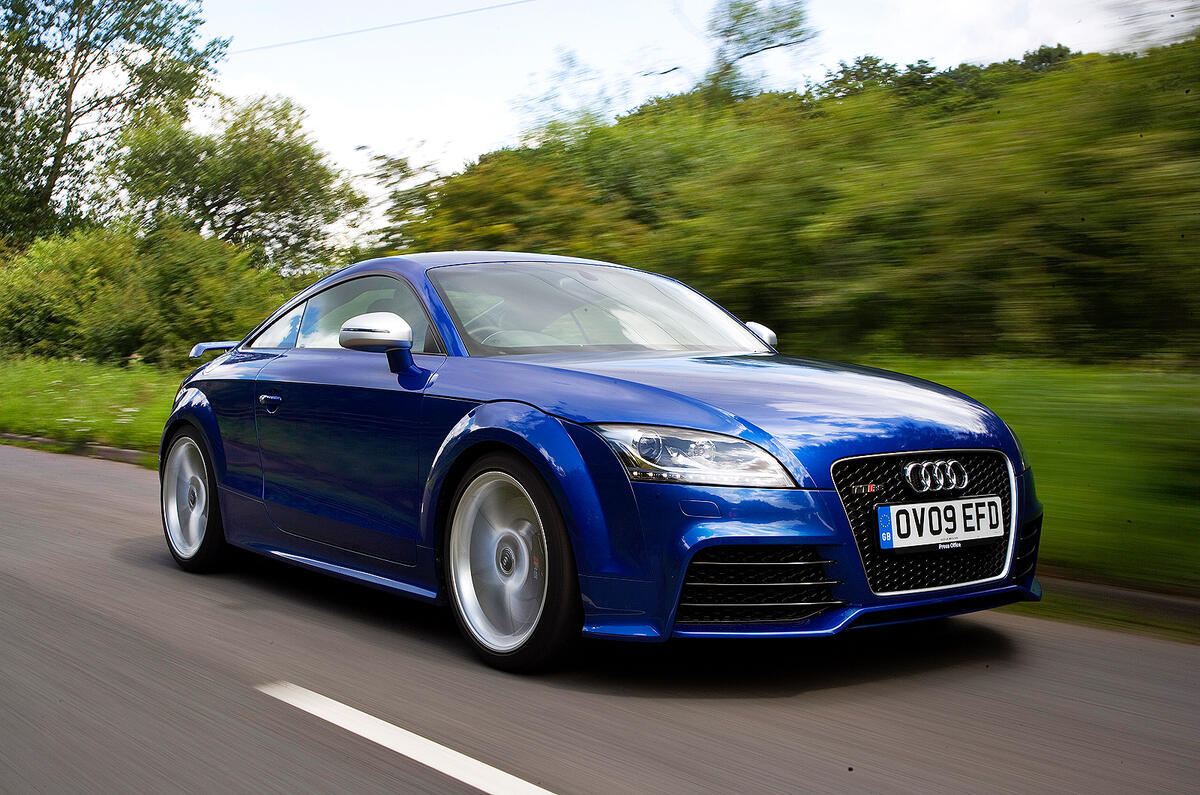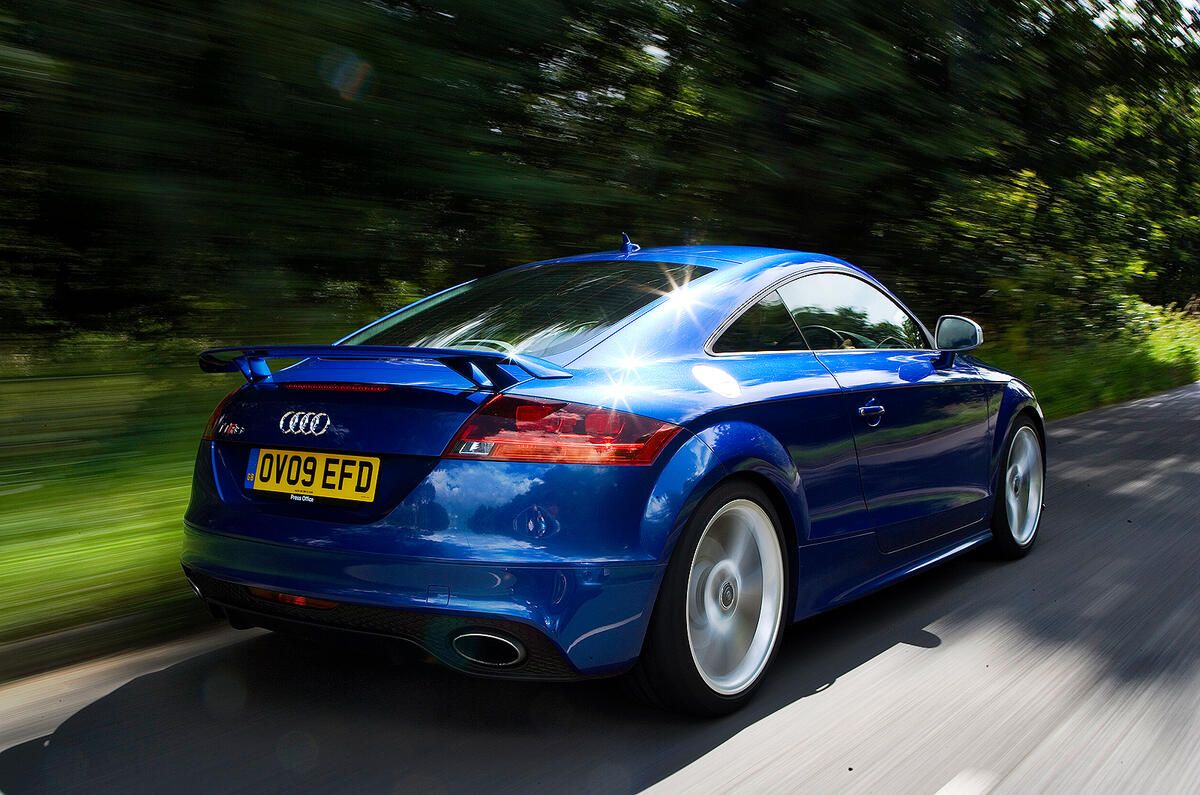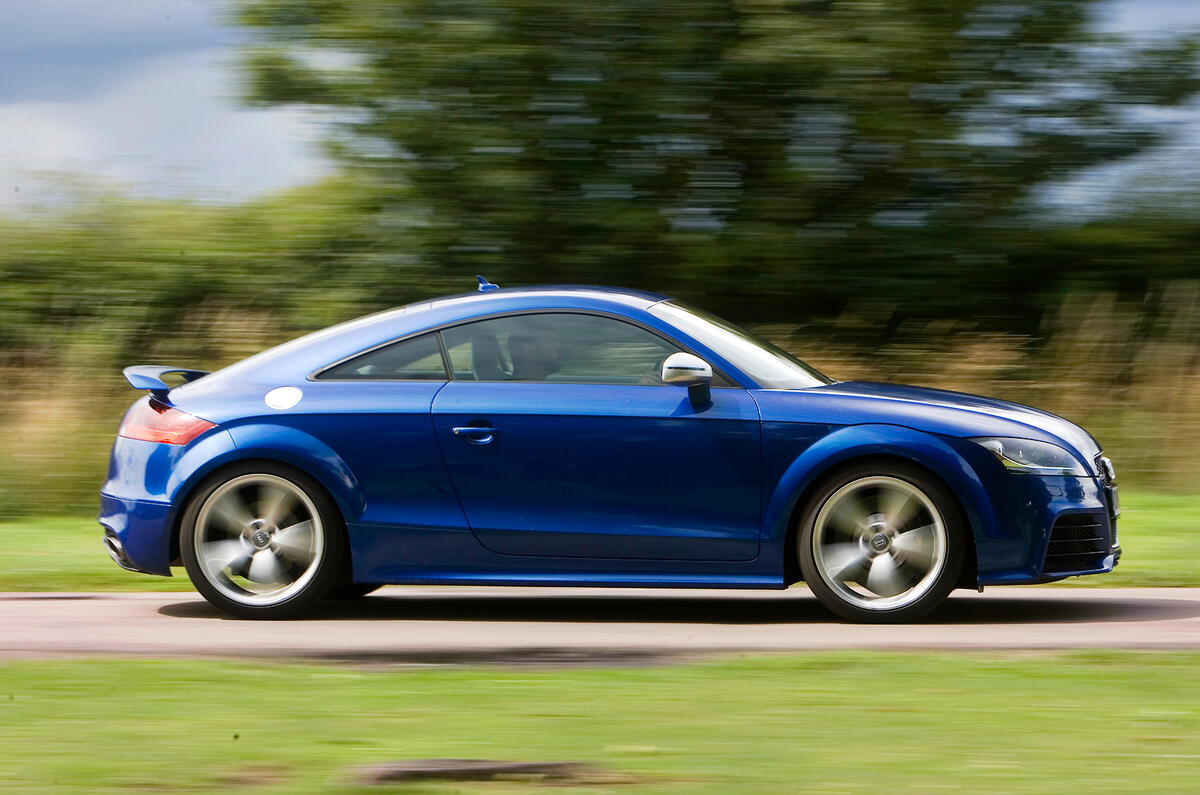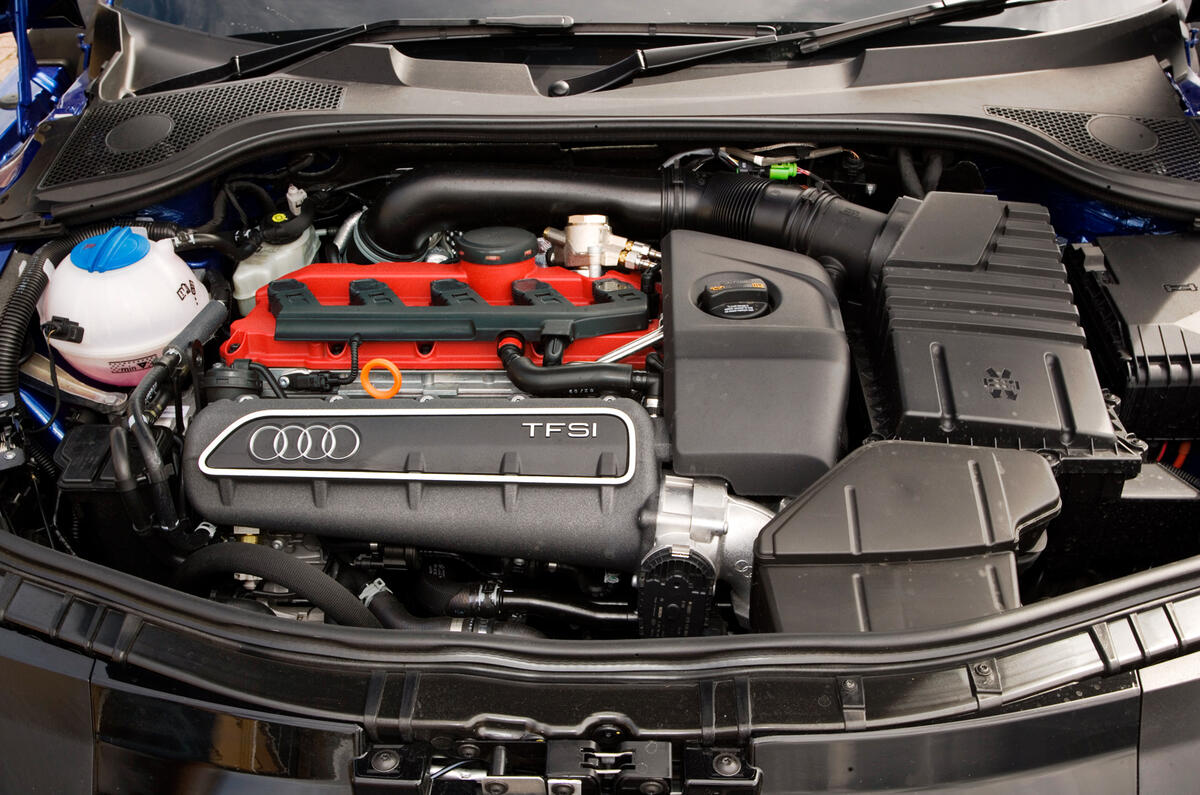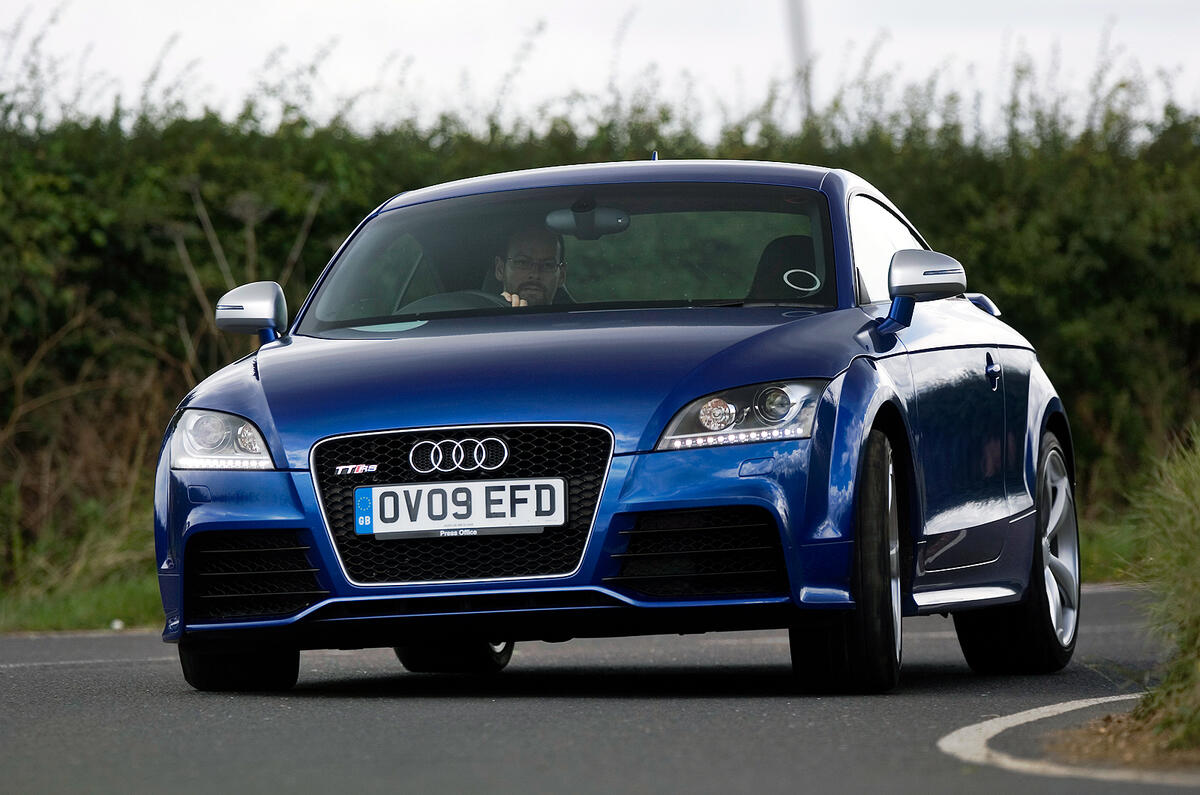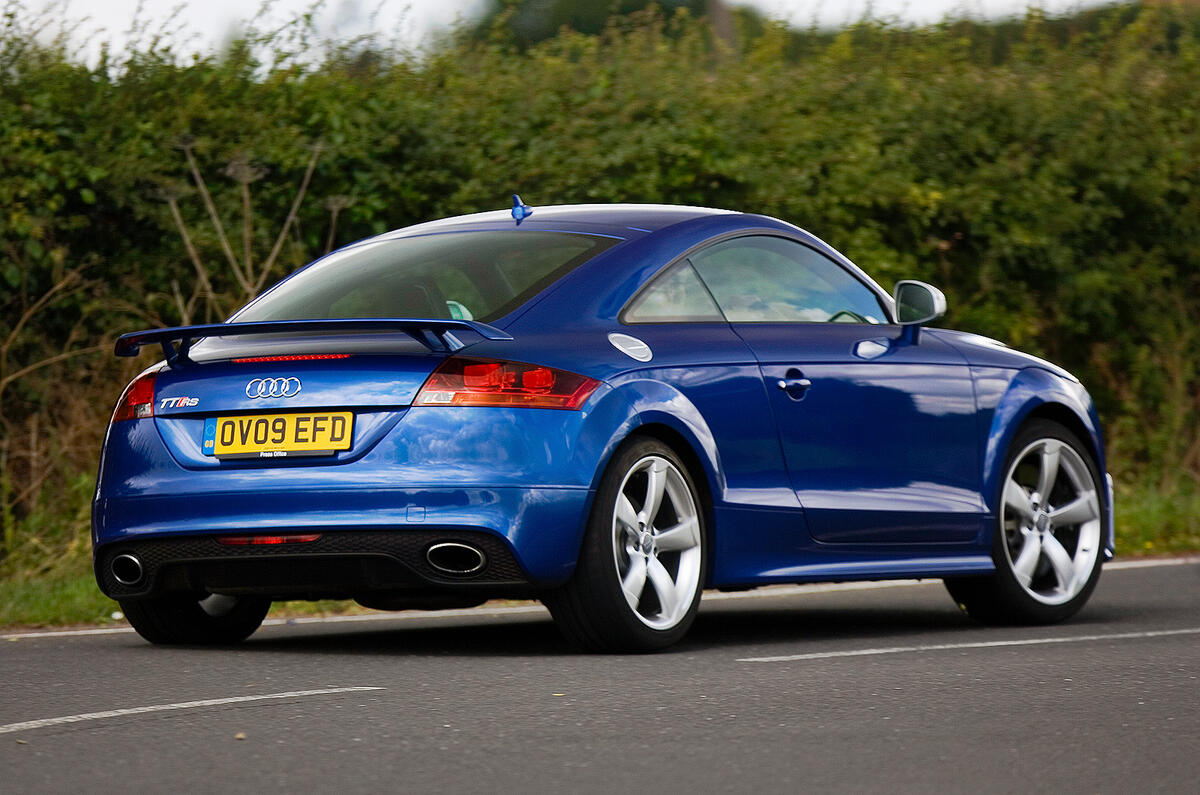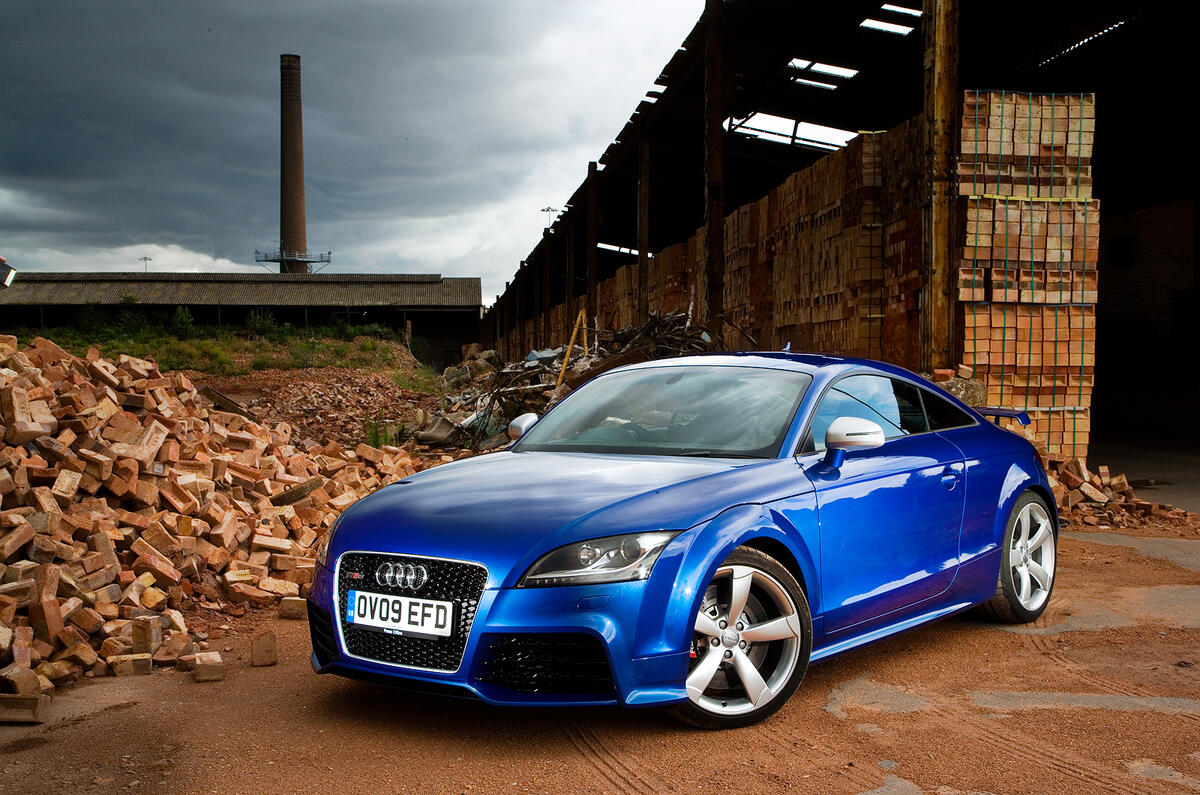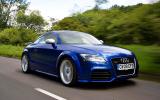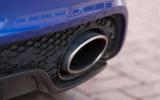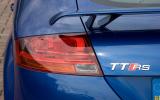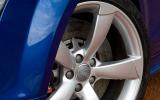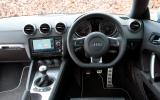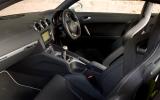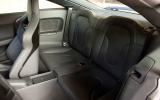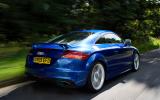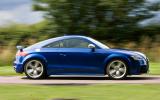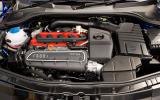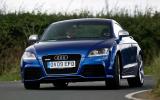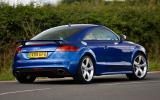With the TT RS, Audi has dared to shake the dust from the memory of one its greatest cars: the all-wheel-drive, five-cylinder Quattro.
Dared, because in the 20-odd years since it disappeared, Ingolstadt has never quite managed to capture the magic of that 1980 trailblazer – partly because the manufacturer has never configured a car in quite the same way, but mainly because it has failed to deliver a driving experience quite as fulfilling. That may be about to change, though.
In this latest TT, much of the promise is there. True, it’s not the full four-seater that the original Quattro was, but it’s an all-wheel-drive, lightweight coupé powered by a turbocharged five-cylinder engine – an addition to the Audi range that’s since found its way into the RS3 super-hatch.
This 335bhp confection and its accompanying £42,985 price ticket vault the TT into contention with some of the most powerful cars in this class, including one of the most accomplished, the Porsche Cayman S. But unlike most of its rivals, the TT RS is available in both coupé and convertible variants.
In evoking the famous Quattro, Audi is clearly confident that it has a worthy descendant.



